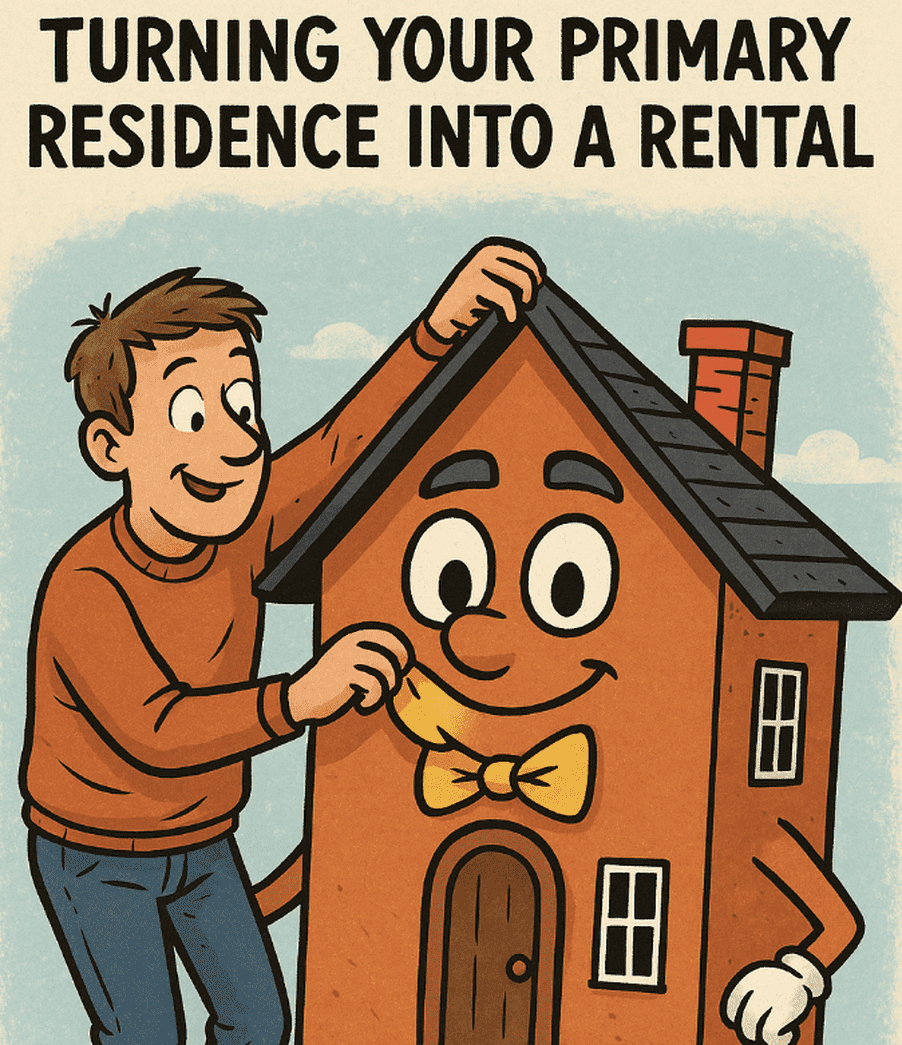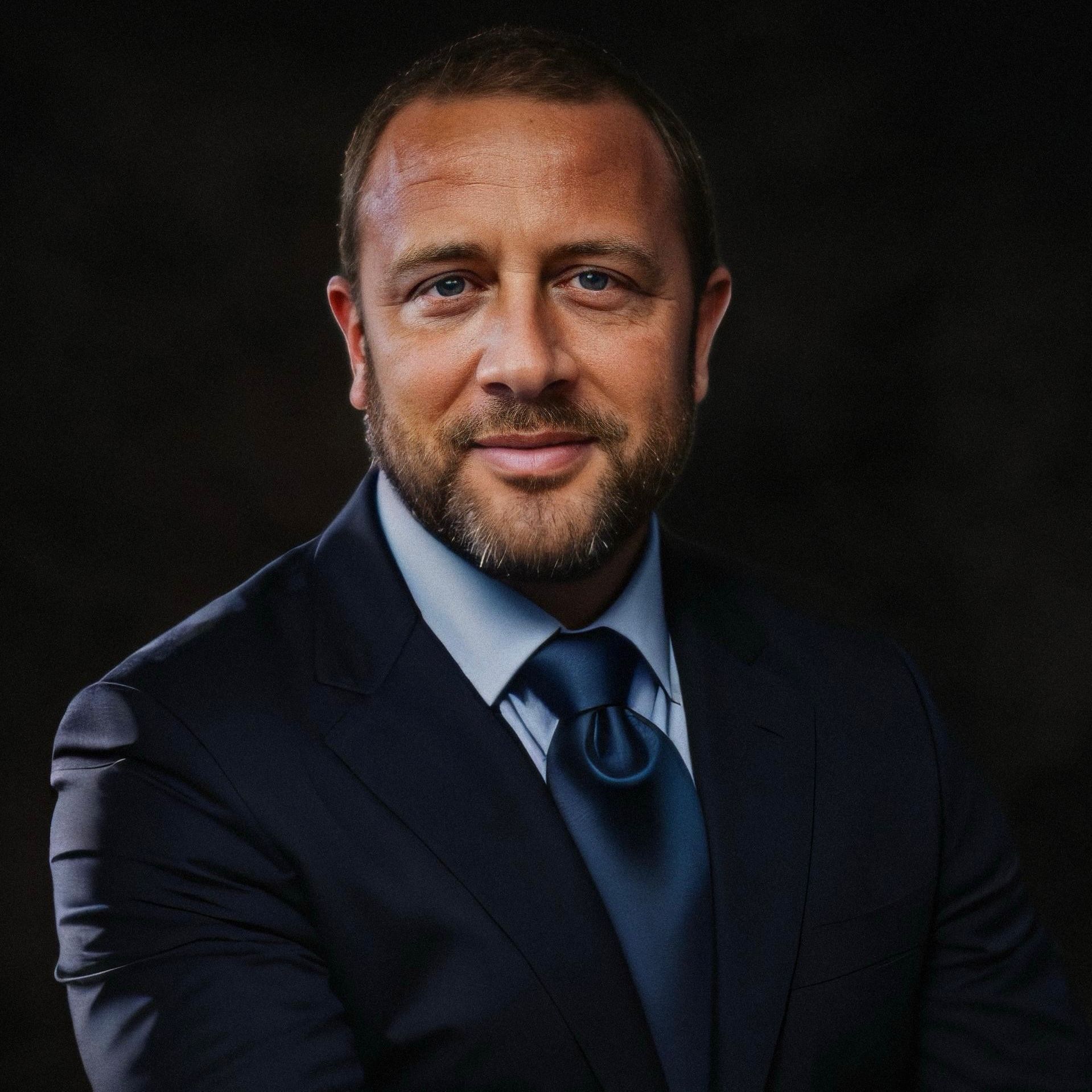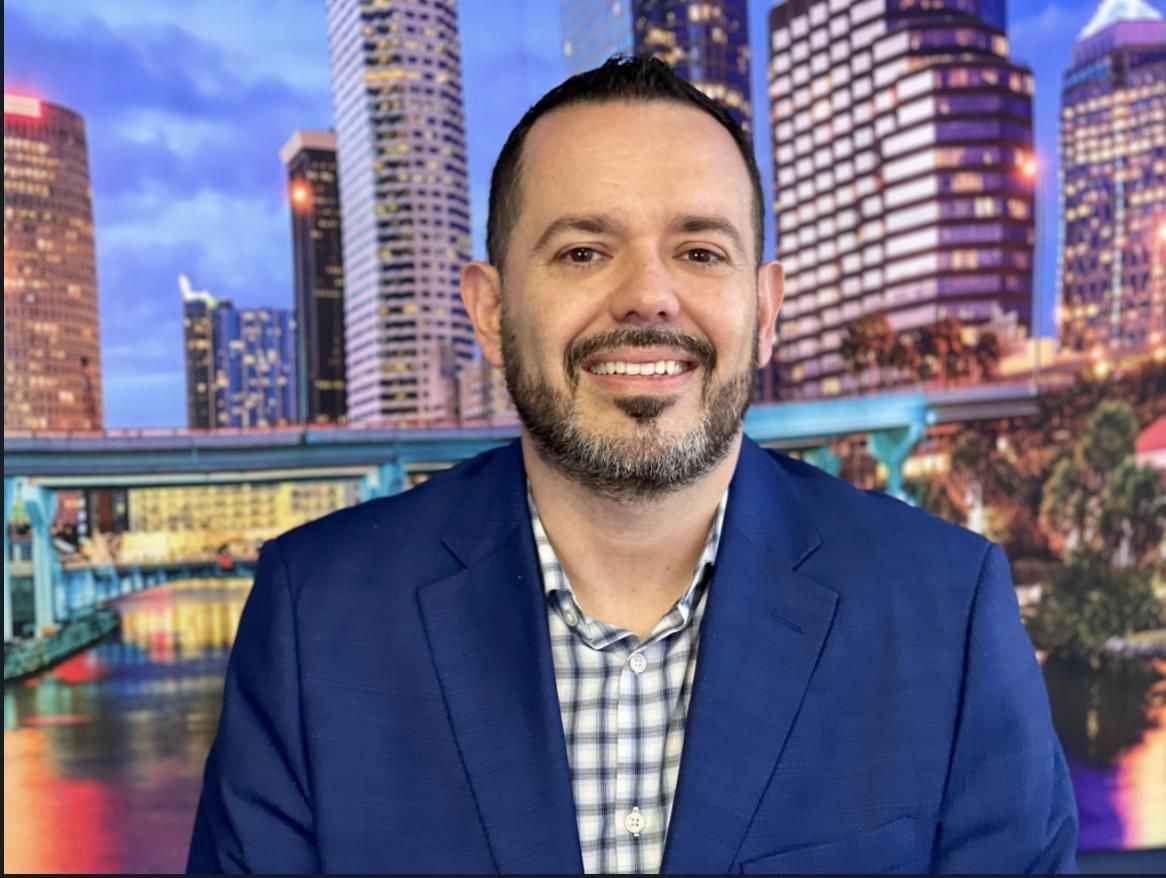
If you’re thinking about turning your current home into a rental property, let me start by saying this: you’re not alone, and you’re not crazy. In fact, it’s one of the best first moves you can make in real estate investing. After 25 years in the game, managing hundreds of units and going from zero to 32 properties in just 10 years—mostly by house hacking—this strategy has a soft spot in my heart. So let’s break it down in plain language, the way I wish someone had done for me when I was getting started.
Why Convert Your Primary Residence to a Rental?
-
You’re upgrading to a new home but want to keep the old one.
-
Your equity is strong, but selling doesn’t make sense right now.
-
You want to build passive income and start growing a rental portfolio.
-
Renting your home lets you keep a low-interest rate you locked in as an owner-occupant.
Sound familiar? Then keep reading—because this move can change your financial life if done right.
Step 1: Understanding the Lender Situation
Here’s the deal: most lenders include an occupancy clause in your mortgage that says you agree to live in the property as your primary residence for at least 12 months. If you’ve lived there for a year and your mortgage is in good standing, you’re usually in the clear.
Common lender concerns:
-
If you bail on the house too early, the lender might consider it occupancy fraud.
-
If your loan is backed by government agencies (like FHA or VA), they tend to care more about these rules.
My advice? Check your mortgage docs. You don’t have to shout from the rooftops that you’re renting it out—but you also don’t want to break the rules if your specific loan has stricter terms. In most cases, lenders won’t care or even notice if your payments are on time and you’ve met the initial occupancy period.
Step 2: Switching Your Insurance
This one’s a must. When your house goes from primary to rental, your insurance needs change too. You’ll need to replace your homeowner’s insurance with a landlord policy, also called a dwelling fire policy.
Why it matters:
-
Homeowner policies are for people living in the house.
-
Landlord policies cover tenant-related risks: loss of rent, tenant injury, damage caused by renters, etc.
Pro tip: Since you’re not living there anymore, it’s also a great time to review your coverage and potentially lower it to match the loan balance. No need to insure for the full rebuild value if you’re just protecting the lender’s interest and minimizing your costs.
But wait—won’t the lender find out? Yeah, probably. Insurance companies are required to notify the lender if you change coverage. But again, if your loan is current, most lenders won’t bat an eye.
Step 3: Setting the Rent and Finding a Tenant
This is where things get real. You need to treat your old home like an asset now—not a memory bank.
Here’s what to focus on:
-
Run comps in the area to determine fair market rent.
-
Screen tenants like your retirement depends on it—because it might.
-
Use a written lease, preferably reviewed by a lawyer or property manager.
-
Collect first month’s rent and a security deposit up front.
And remember: don’t get sentimental. I’ve seen landlords hold on to bad tenants because they “felt bad,” and it always ends in regret.
Step 4: Managing the Property
You’ve got two choices: self-manage or hire a property manager. Here’s the truth:
Self-managing is doable if you:
-
Live nearby
-
Know the laws
-
Have systems in place for repairs, rent collection, and communication
Using a property manager is better if you:
-
Don’t want the day-to-day headaches
-
Are building a portfolio
-
Value your time
In my case, I’ve done both—but when I scaled past 10 units, I shifted to full-time management through our own company. If you go that route, make sure your PM is investor-friendly and actually protects your interests.
Bonus Tip: This Is How I Started
Just so you know I walk the walk—I started with house hacking. I bought my first property, lived in one side, rented the other, and repeated. Fast-forward 10 years and I had 32 properties, all by playing the long game. Converting your primary to a rental is one of the easiest ways to get that snowball rolling.
It’s smart because:
-
You already know the house
-
You likely locked in a lower rate
-
You have equity growing
-
You’re starting from a place of familiarity
And here’s something else to think about: if you’re married, this process can be easier—or harder—depending on how aligned you both are. If your spouse is into it, the conversation’s smooth. If not, you’ve got to clearly explain the why. Help them see the vision and remind them that this is just one step closer to getting them that dream house—yep, the castle they deserve.
Frequently Asked Questions
Q: What if my loan has a due-on-sale clause? A: That only applies if you transfer the title. Renting it out doesn’t trigger it.
Q: Will this impact my ability to buy another house? A: Potentially, but lenders will count rental income from this property (with a lease in hand) toward your debt-to-income ratio. So it can actually help.
Q: Do I need to form an LLC? A: Not right away. Your insurance will cover most issues. But once you start adding properties, talk to a CPA or attorney about asset protection strategies.
Mistakes to Avoid
-
Not switching to landlord insurance – this one can kill you if something goes wrong.
-
Underestimating maintenance – tenants don’t treat homes like owners.
-
Overpricing rent – vacancies cost more than you think.
-
Thinking it’s passive – even with a PM, this is still a business.
-
Not treating tenants professionally – this is your business, not your guest room.
Final Thoughts
Turning your primary home into a rental is one of the best moves you can make as a first-time investor. It lets you get in the game with very little effort, and it can be the start of something big—like it was for me.
Just make sure you:
-
Read your mortgage terms
-
Switch your insurance
-
Treat the rental like a business
-
Don’t get emotional
-
Play the long game
You’ve got this.
Keep it consistent, stay patient, stay true—if I did it, so can you! Ready to learn? Let me guide you at propertyprofitacademy.com – Jorge Vazquez, CEO of Graystone Investment Group & its subsidiary companies and Coach at Property Profit Academy.
Pick your expert. Book your free 15-minute consult now. We are here to help!
Our Top Articles
The Power of Home Equity: Utilizing Your Property’s Value
Your home is more than just a place to live; it’s one of the most significant financial [...]
Protected: Here’s How to Get Assignment Fees Financed (Even When Lenders Push Back)
This content is password protected. To view it please enter your password below: Password:
Florida’s Not Crashing—It’s Resetting: Why This Market Is Still a Goldmine for Smart Investors
The so-called "decline" in Florida’s housing market is nothing like 2008. Back then, we were dealing [...]
Property Profit Academy:
✔ Learn to buy properties with little to no money down.
✔ Build a $10M portfolio step by step.
✔ Master strategies like BRRRR and house hacking.








